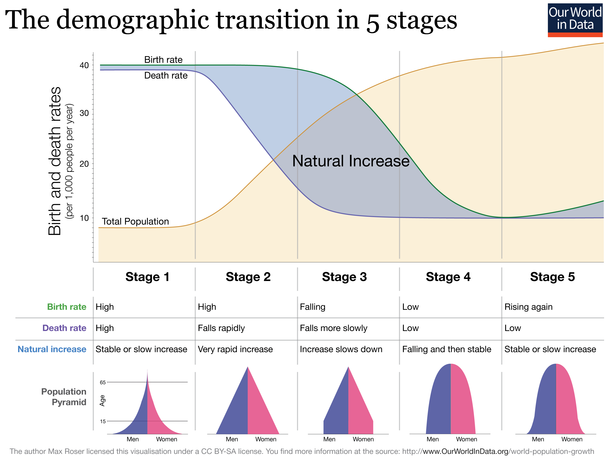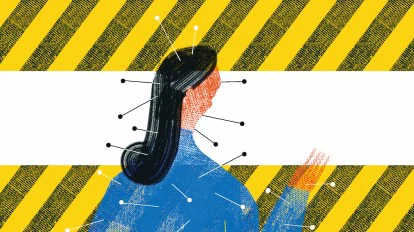Description
GS PAPER I: Salient features of Indian Society, Diversity of India.
Context: Days after China’s census data showed population growth slipping to its slowest rate since the 1950s, the country has announced it will now allow three children per married couple — five years after it first relaxed its controversial one-child policy to two.
China’s one-child policy
- It had been enforced by then-leader Deng Xiaoping in 1980, had remained in place until 2016.
- When fears of a rapidly ageing population undermining economic growth forced the ruling Communist Party to allow two children per married couple.
- While the relaxation did result in some improvement in the proportion of young people in the country, the policy change was deemed insufficient in averting an impending demographic crisis.
How well did China’s one-child policy work?
- The policy was implemented more effectively in urban areas, was enforced through several means, including incentivising families financially to have one child, making contraceptives widely available, and imposing sanctions against those who violated the policy.
- Chinese authorities have long hailed the policy as a success, claiming that it helped the country avert severe food and water shortages by preventing up to 40 crore people from being born.
- It was also a source of discontent, as the state used brutal tactics such as forced abortions and sterilisations.
- It also met criticism and remained controversial for violating human rights, and for being unfair to poorer Chinese since the richer ones could afford to pay economic sanctions if they violated the policy.
- Additionally, China’s rulers have been accused of enforcing reproductive limits as a tool for social control. The Uighur Muslim ethnic minority, for example, has been forced to have fewer children to restrict the growth of their population.
- Due to the policy, while the birth rate fell, the sex ratio became skewed towards males. This happened because of a traditional preference for male children in the country, due to which abortion of female fetuses rose and so did the number of girls who were placed in orphanages or abandoned.
- Experts have also blamed the policy for making China’s population age faster than other countries, impacting the country’s growth potential. I
- t is also suggested that because of the long-lingering impact of the policy, China would be unable to reap the full benefits of its economic growth and will need other ways to support it — unlike India and other Asian economies such as Indonesia and the Philippines, who have young populations.
- India’s population, for instance, will start ageing from the middle of this century onwards.
Did relaxing the one-child policy help?
- From 2016, the Chinese government finally allowed two children per couple – a policy change that did little to arrest the rapid fall in population growth.
- China’s 2020 census data, shows the country’s rate of population growth falling rapidly despite the 2016 relaxation.
- The country’s fertility rate has now dropped to 1.3, far below the replacement level of 2.1 necessary for each generation to be fully replenished.
- The United Nations expects China’s population to begin declining after 2030, but some experts say this could happen as early as in the next one or two years.
- By 2025, the country is set to lose its ‘most populous’ tag to India, which in 2020 had an estimated 138 crore people, 1.5 per cent behind China.
Why do many remain skeptical about the three-child policy?
- Experts say relaxing limits on reproductive rights alone cannot go a long way in averting an unwanted demographic shift.
- The main factors behind fewer children being born, they say, are rising costs of living, education and supporting ageing parents.
- The problem is made worse by the country’s pervasive culture of long working hours.
- There has also been a cultural shift during the decades in which the one-child policy remained in force, with many couples believing that one child is enough, and some expressing no interest in having children.
- The Chinese government, has said that the new policy will come with “supportive measures, which will be conducive to improving our country’s population structure, fulfilling the country’s strategy of actively coping with an aging population and maintaining the advantage, endowment of human resources.

https://indianexpress.com/article/explained/explained-why-china-has-relaxed-its-two-child-policy-to-three-7338595/











